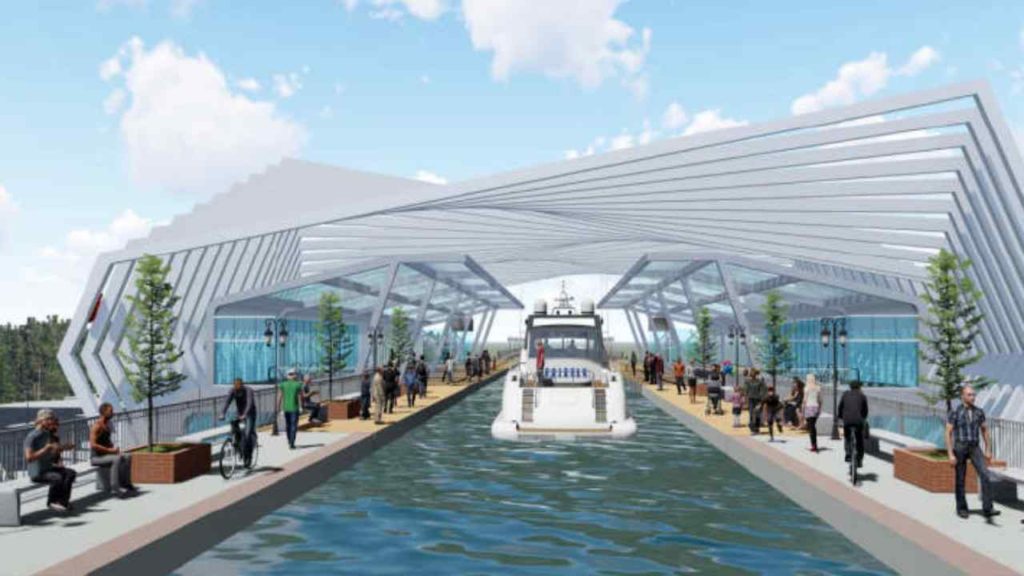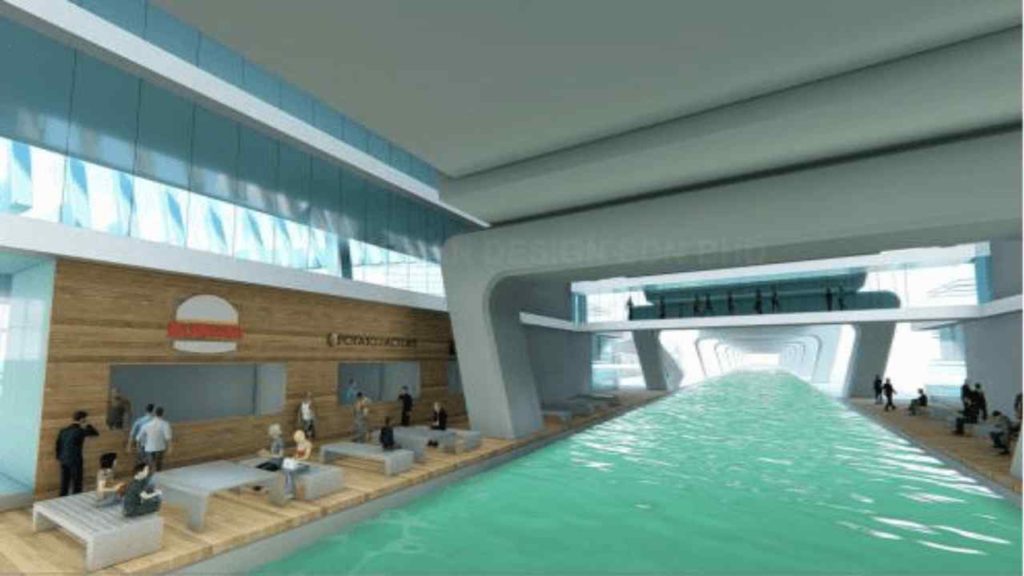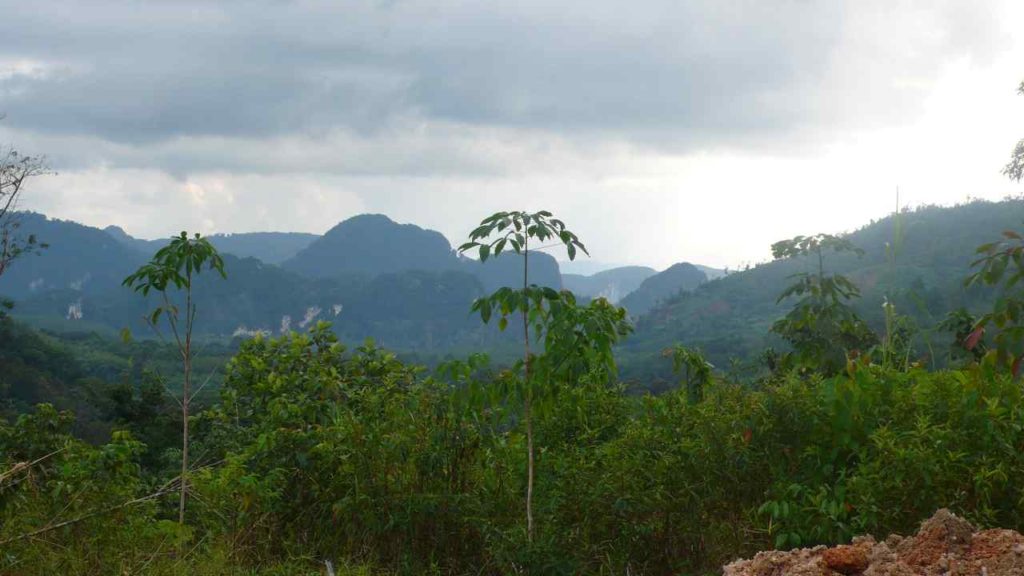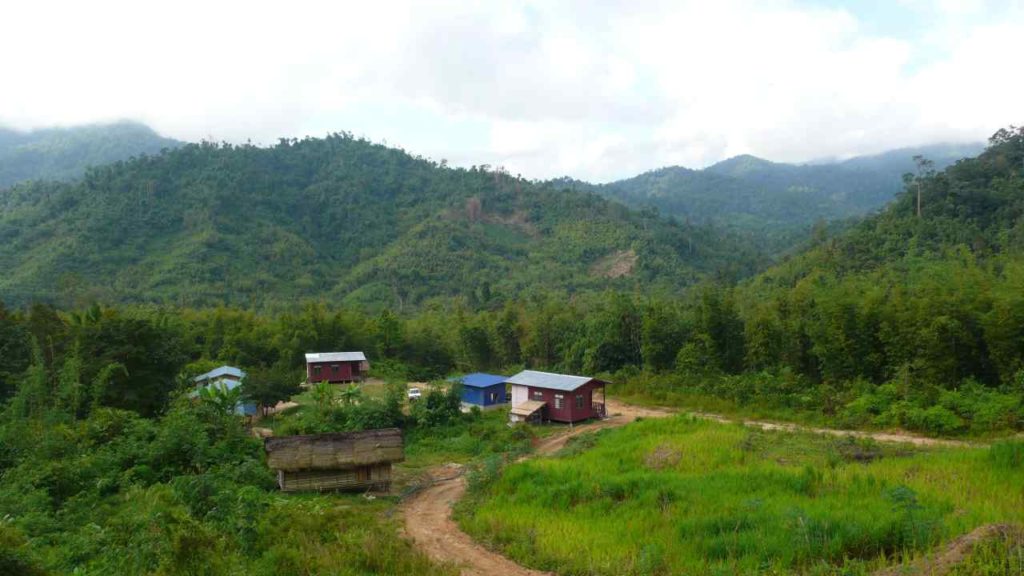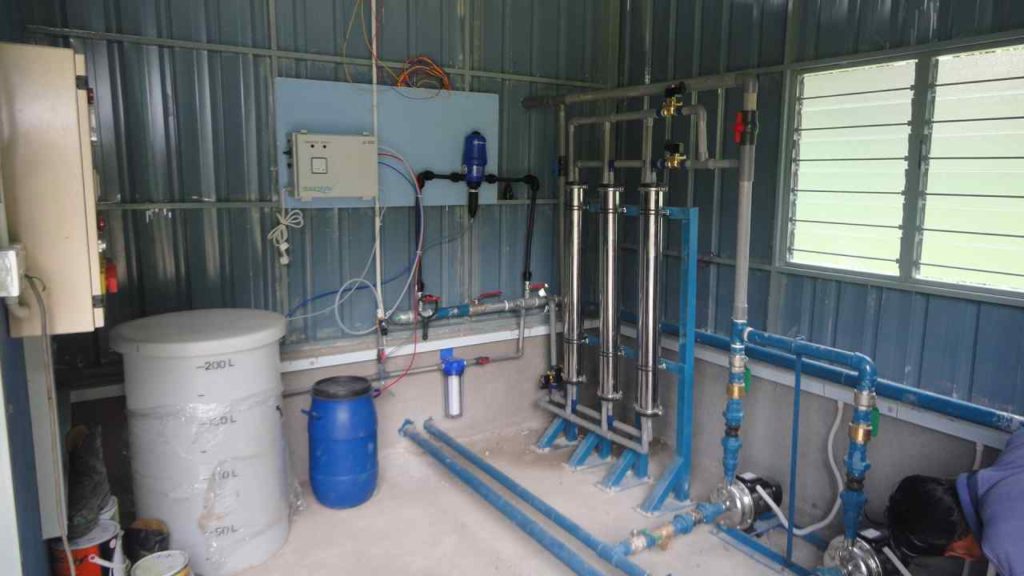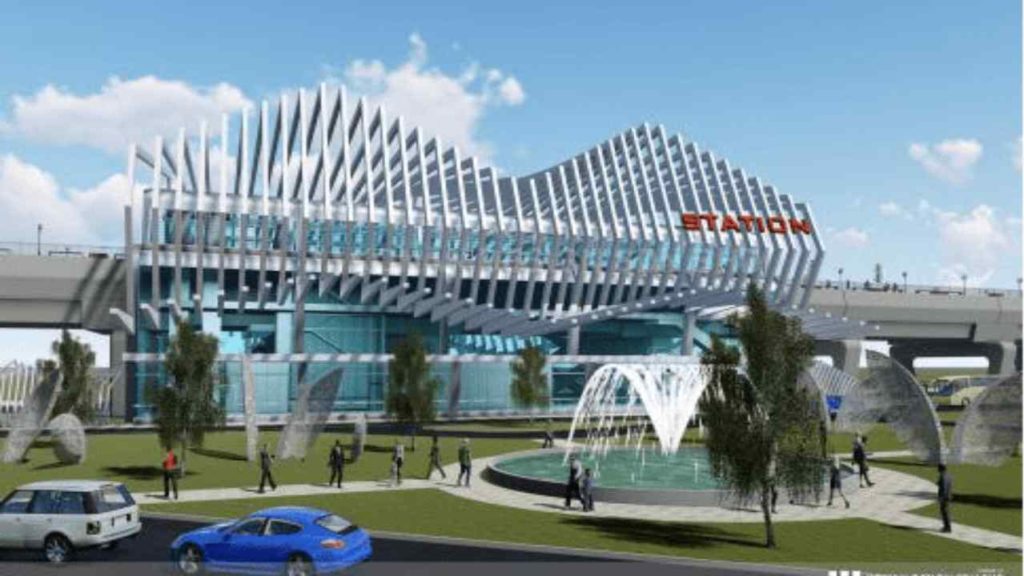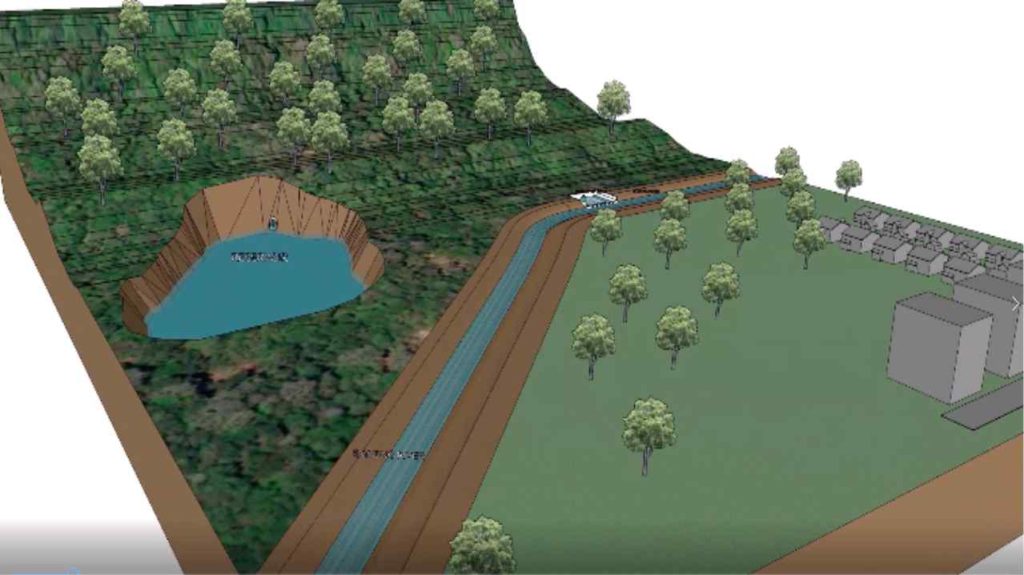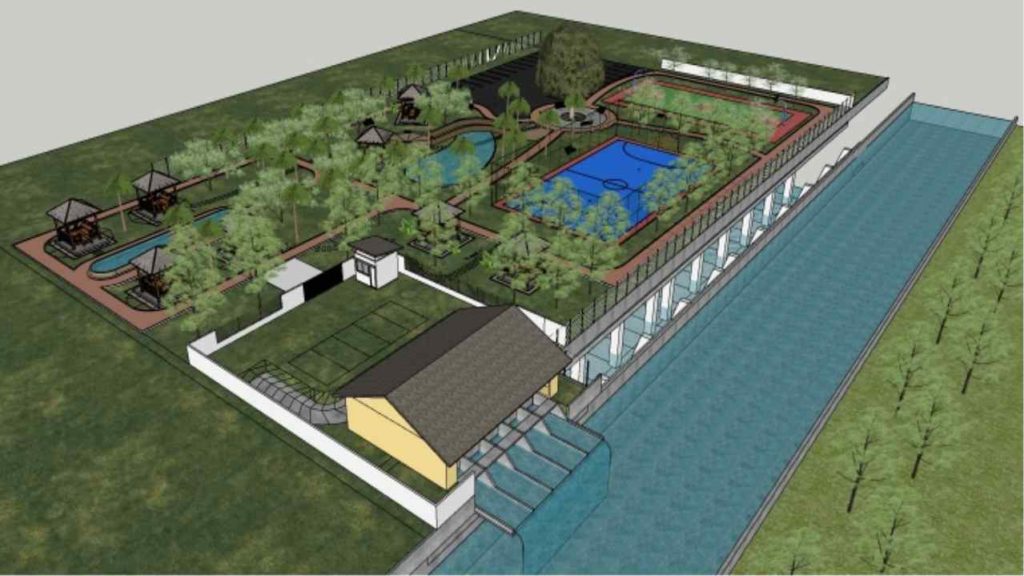Flood Mitigation & Water Resource Management
Dr Sara & Partners’ 3rd generation flood mitigation designed with consideration of climate change factors, environmentally friendly, and with social responsibilities. Components such as Aqueduct* and Aque Arteries** were patented by Dr Sara & Partners. Our approach on flood mitigation involves not just on ground techniques but underground and elevated techniques.
Underground techniques minimize the cost of land acquisition while maximizing usage of land area. Besides, elevated techniques of flood mitigations are effective for low-lying and coastal areas. Both these techniques are unique and highly efficient as compared to traditional approach in solving flood.
In addition, our approach of flood mitigations are scalable, whereby components can be added when and wherever is necessary. Most of our flood mitigation approach are dual function which can be used to channel floodwater as well as used for river navigation and tourism purpose.
Our design consideration also takes into account of water supply and demand requirement, where floodwater can be stored, treated and made available for public utilization.
Currently, we are working on very complex major urban flood mitigation project in the country. Our team for flood mitigation comprises of hydrologists, hydraulic engineers, environmentalists, GIS Analyst, social economists, geologists, geotechnical engineers, structural engineers, town planners, and others.
BENEFITS OF DR SARA & PARTNERS FLOOD MITIGATION & WATER RESOURCE ENGINEERING:
- Development of unique solution based on project locations
- Integration of flood mitigation and water resource concepts where excess flood water are stored, treated and provide to public
- Scalable solution whereby components can be added when there are necessity
- Dual function of components where it channels flood-way and used as river navigation for tourism, water storage, and water supply.
- Value Added to the state/project location once project is completed
* Patent Reference No: PI 2017704570
** Australia Patent Application No: 2018375503
** European Patent Application No: EP188883885.8
** USA Patent Application No: 16/649,931
